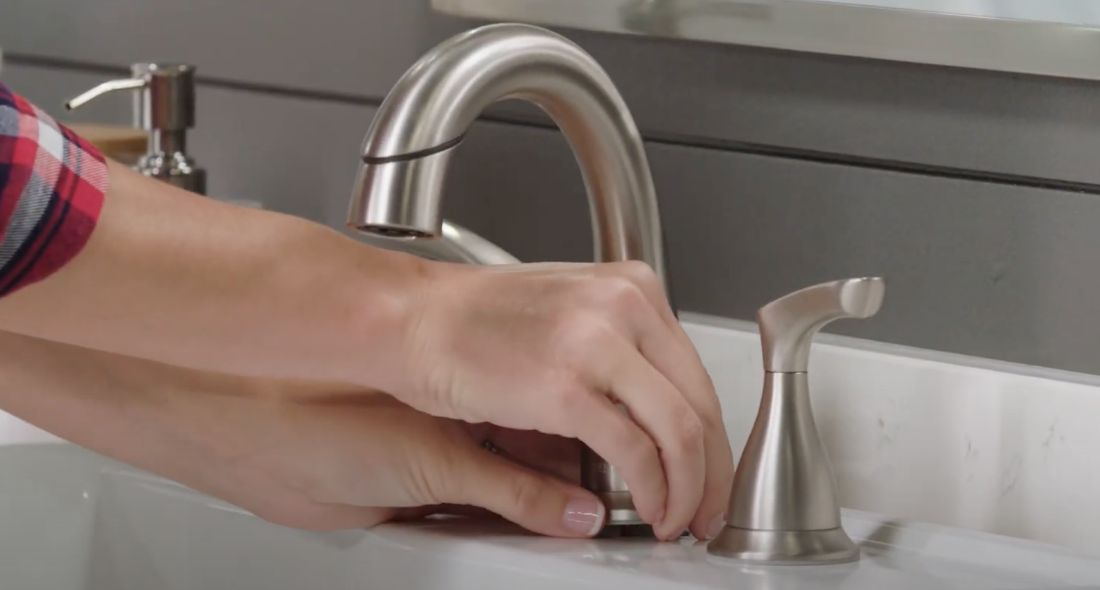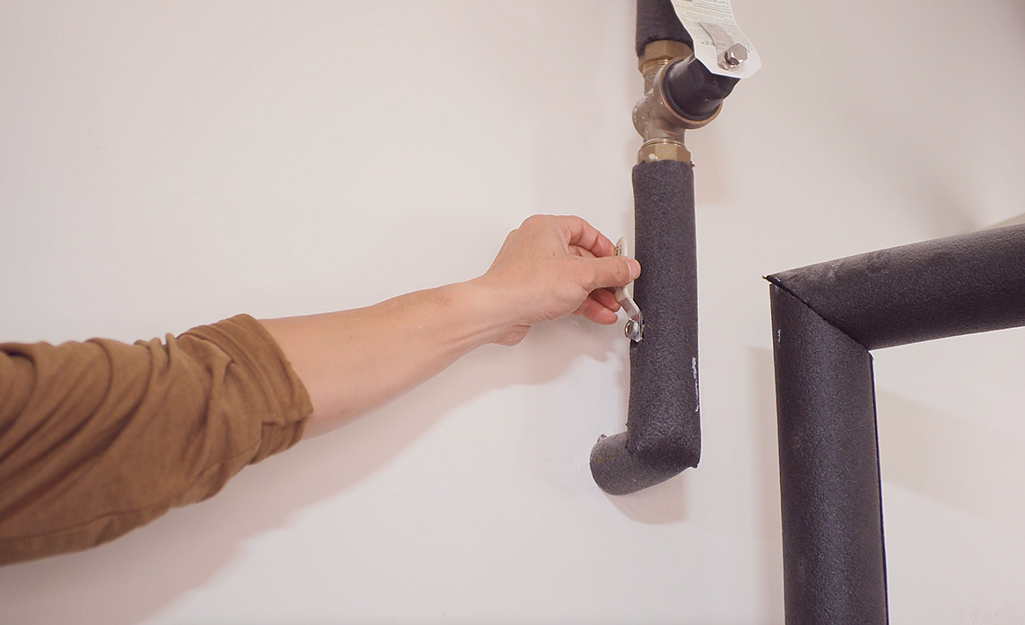What are your thoughts about 4 Common Reasons for a Leaky Faucet?

Trickling taps may feel like a minor trouble, yet their effect surpasses simply the inconvenience of the sound. From wasting water to incurring unneeded economic costs and wellness dangers, disregarding a dripping faucet can result in various consequences. In this write-up, we'll explore why it's crucial to resolve this usual house issue quickly and successfully.
Waste of Water
Environmental Effect
Dripping taps contribute considerably to water wastage. According to the Environmental Protection Agency (EPA), a solitary faucet dripping at one drip per second can waste more than 3,000 gallons of water annually. This not only pressures water resources yet additionally impacts communities and wild animals depending on them.
Step-by-Step Overview to Dealing With a Dripping Faucet
Devices Required
Prior to trying to take care of a dripping faucet, gather the required devices, including a flexible wrench, screwdrivers, replacement parts (such as washing machines or cartridges), and plumber's tape.
Usual Faucet Issues and Their Solutions
Determine the kind of tap and the certain issue triggering the drip. Typical problems consist of damaged washers, corroded shutoff seats, or damaged O-rings. Describe supplier guidelines or on the internet tutorials for step-by-step guidance on repairs.
Financial Prices
Raised Water Expenses
Beyond the environmental influence, trickling faucets can pump up water expenses significantly. The accumulated wastefulness gradually translates into greater utility costs, which can have been prevented with timely fixings.
Prospective Building Damages
Additionally, long term trickling can cause damage to components and surfaces bordering the faucet. Water buildup can trigger staining, rust, and also architectural concerns if left unattended, leading to extra repair costs.
Wellness Worries
Mold and Mildew Growth
The consistent presence of dampness from a dripping faucet develops an ideal environment for mold and mildew and mildew growth. These fungi not only endanger interior air top quality but likewise position wellness dangers, especially for people with respiratory system problems or allergies.
Waterborne Diseases
Stationary water in trickling faucets can end up being a breeding ground for germs and various other pathogens, enhancing the threat of waterborne conditions. Impurities such as Legionella germs flourish in stagnant water, potentially resulting in severe illnesses when ingested or breathed in.
Do it yourself vs. Expert Repair
Benefits and drawbacks of Do It Yourself Repair Work
While some may attempt to fix a leaking tap themselves, DIY repair services feature their very own collection of difficulties. Without correct expertise and tools, DIY efforts can aggravate the problem or bring about insufficient fixings, prolonging the issue.
Advantages of Working With a Professional Plumber
Working with a professional plumber makes sure that the underlying root cause of the leaking tap is dealt with efficiently. Plumbing technicians have the experience and equipment to detect and fix tap problems efficiently, saving time and reducing the threat of more damages.
Ecological Responsibility
Private Payment to Conservation
Taking responsibility for fixing trickling taps straightens with broader efforts towards water preservation and environmental sustainability. Every individual's actions collectively make a considerable effect on protecting precious resources.
Lasting Living Practices
By focusing on timely repair work and adopting water-saving behaviors, individuals add to lasting living techniques that profit both existing and future generations.
Safety nets
Normal Upkeep Tips
To stop dripping taps, do routine upkeep such as cleaning aerators, examining for leakages, and replacing worn-out components without delay. Additionally, consider mounting water-saving devices or updating to more efficient fixtures.
Relevance of Prompt Repair Works
Addressing dripping taps as soon as they're seen avoids further water wastefulness and prospective damage, ultimately conserving both water and cash in the long run.
Influence On Residential Property Value
Understanding of Well-Maintained Home
Preserving a home in good condition, including attending to maintenance problems like trickling faucets, enhances its viewed worth and value among potential buyers or occupants.
Influence on Resale Value
Features with properly maintained plumbing components, including taps, command higher resale worths in the real estate market. Attending to trickling taps can add to a positive impression throughout residential property evaluations and negotiations.
Conclusion
Addressing a leaking tap surpasses mere convenience; it's a necessary action towards saving water, lowering economic costs, and protecting health and residential or commercial property. Whether with DIY fixings or specialist assistance, acting to deal with leaking taps is a little yet impactful means to advertise responsible stewardship of resources and contribute to a healthier, a lot more sustainable future.
How to Fix a Dripping or Leaky Faucet
A leaking faucet is one of the most common problems that homeowners encounter, but it being commonplace doesn’t make it any less annoying. The constant drip drip drip of a leaking bathtub faucet, showerhead, or sink tap can disturb your home’s serenity. Left neglected, a dripping faucet can also result in higher water bills and discoloration or mold growth in your sink or plumbing fixtures.
Fortunately, you don’t have to be a trained plumber to know how to stop a dripping faucet. With some basic tools, replacement parts, and a little patience, leaky faucet repair is a breeze. In this article, we’ll explain what causes dripping faucets and how you can fix them.
What Causes a Leaking Faucet?
Kitchen and bathroom faucets come in all manner of designs, but most involve some combination of valves, O-rings, seals, and washers. The O-ring is usually the weakest link, but any one of these pieces can wear down over time. Heat, moisture, temperature fluctuations, minerals, mold, and movement can contribute to warping and corrosion, breaking the watertight seal. This just comes with the territory of being a homeowner. Everything is always subject to wear and tear, and some component parts of your appliances and fixtures need to be replaced on occasion. At least replacement O-rings are cheap!
More rarely, dripping faucets can be a symptom of excessively high water pressure. Were this the case in your home, you would probably notice that the leak is not isolated to one faucet. Water pressure issues are harder to resolve on your own. We recommend contacting a professional plumber if you suspect your water pressure is too high.
How to Fix a Dripping Faucet
Pipe wrench or monkey wrench Allen wrench set Screwdrivers Old towel or rag Shut off the water.
Before you do anything, you need to turn off the water to keep from drenching your kitchen or bathroom. You should find a valve under the sink and against the wall. Once you’ve turned this valve, try turning the faucet on to confirm that the water source has been cut off.
If you can’t locate your local valve for the faucet you’re working on, you can always shut off the water to the house at the main valve. Of course, this will prohibit anyone from using the sinks, showers, or toilets while you’re working on the faucet that’s giving you trouble.
Plug or block the drain.
You’ll be disassembling the faucet and removing some small bits of hardware. Plug the drain with a stopper or rag to avoid the possibility of a small screw falling into your P-trap.
Take apart the faucet assembly.
There are several varieties of kitchen and bathroom faucets, each with its own manner of assembly. For detailed instructions on how to disassemble your faucet, you can refer to the fixture’s manual or contact the manufacturer. If you know whether you have a ball, disc, cartridge, or compression faucet, you can find detailed schematics online.
In general, you need to begin by removing the faucet handles. You might notice a small screw that you’ll need to remove with a screwdriver or Allen wrench. If you don’t see any visible securing hardware, it’s likely hidden under a decorative cap that can be unscrewed or popped off with flathead screwdriver.
Remove each piece methodically, consulting a schematic when necessary. Take notes or arrange the pieces in such a way to make it easier to correctly reassemble the faucet later.
Remove the cartridge.
Once you’ve removed the handles and securing hardware, you should be able to remove the valve cartridge or stem. Some cartridges will slide right out. Other faucet models will require you to loosen a nut with a pipe wrench before you can remove the valve stem.
Examine the exposed hardware.
With the cartridge or stem removed, inspect the component parts. Check the rubber O-rings for wear and tear. Also examine the seat washer for corrosion or other damage. These pieces are usually the responsible parties for a dripping faucet, but it’s worth inspecting the other component parts while you have the faucet disassembled.
Find replacement parts.
Once you’ve identified which faucet component has failed, find an identical replacement. Your local hardware store should have O-rings, seat washers, and other standard components in stock. If you have a luxury or uncommon faucet, you may have to contact the manufacturer for a replacement part.
It’s a good idea to take your old parts with you to the hardware store so you can compare them with the store’s inventory and be sure you’re purchasing the correct replacement.
Reassemble the faucet.
With your new parts in hand, reconstruct the faucet and handles. Don’t be tempted to overtighten screws or nuts. You might think this could create a better seal, but it can instead damage or bend a delicate part of the assembly and create a new problem for you.
Turn on the water and test the faucet.
The only thing left to do is test your work. Unplug the sink, turn the water back on, and try the faucet. Congratulate yourself on a job well done!
https://www.libertyhomeguard.com/how-to-fix-a-dripping-or-leaky-faucet/

I ran across that write up about Should I Repair or Replace a Leaky Faucet? when looking around the search engines. Sharing is caring. Helping people is fun. I truly appreciate your readership.